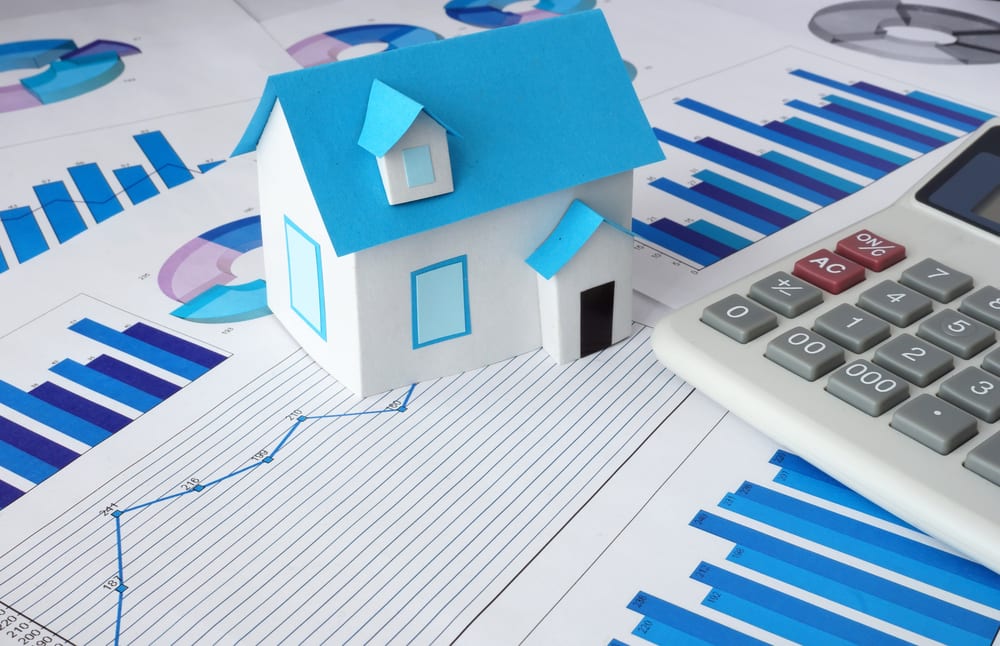An investment analysis can provide confidence in anticipating a high return on a commercial real estate (CRE) investment. For real estate investors, this can be the difference between owning a property that yields positive cash flow and real estate that loses money. The best way to know whether your CRE investments will yield positive cash flow and increase in value is through a professional investment analysis.
What Is an Investment Analysis?
Investment analysis is the process of assessing investments’ profitability and risk in order to build a successful portfolio. There are countless methods that people use to accurately analyze investments, but they all involve looking into four main factors.
1. Risk – It’s important to examine risk first. Quantifying risk requires a deep understanding of a variety of market factors.
2. Cash Flows – Examining projected cash flows in a prospectus or offering memo is essential in predicting whether or not you’ll receive yearly positive returns on your investment through how much has been spent and received (net income).
3. Leverage – If debt is required (or even preferred) to acquire an investment, understanding the magnifying effect of debt (“leverage”) on yields is essential in evaluating potential (even tremendous) gains or losses.
4. Resale Value – An increase in the market value of an asset allows for a profit through resale value, so investors want to measure the expected growth rate in order to confirm that the value exceeds the cost and risk, and any remaining debt.
How Does a Real Estate Investment Analysis Work?
Generally, there are four steps in evaluating real estate investments:
Step 1: Property Valuation – Determining the value of a property, whether it’s a residential or commercial property, can be very complex and involves a multitude of factors that need to be considered to quantify the risks involved, and “buy it right.”.
Step 2: Find Market Rents – You should know not only what tenants have agreed to pay before investing in a property, but also whether the terms are above- or below-market, affecting their likelihood to remain, push for changes in their lease, or to leave, adding to any existing vacancy
Step 3: Calculate Costs – There is more to investing in real estate than calculating the value of the property; you must also consider the forecast of utilities, maintenance, insurance, property taxes, property management, rental fees, and interest payments, that indicate annual net income.
Step 4: Understanding the Debt Stack (if any) – Whether leverage is worth pursuing, or sticking to Cash.
Step 5: Calculating the Return on Investment – All of the data that was gathered throughout this process will help in determining the return on investment (levered or not), which guides your decision of whether or not you should invest. Like all of these steps, there are multiple methods that can be used and a large amount of information to consider. Professional advisory services can help ensure that you’ve thought it through, and that you’re investing wisely.
Partner with Willowbrook Valuation & Advisory Services for Your Investment Analysis
At Willowbrook Valuation & Advisory Services, we are a leader in trusted insight, cutting-edge innovation and customer service. We offer exceptional CRE appraisal services and remain dedicated to offering every client the individual valuation service they expect with the capabilities and expertise of a larger firm. To learn more about our valuation and advisory services, please contact us at (202) 919-3888.
